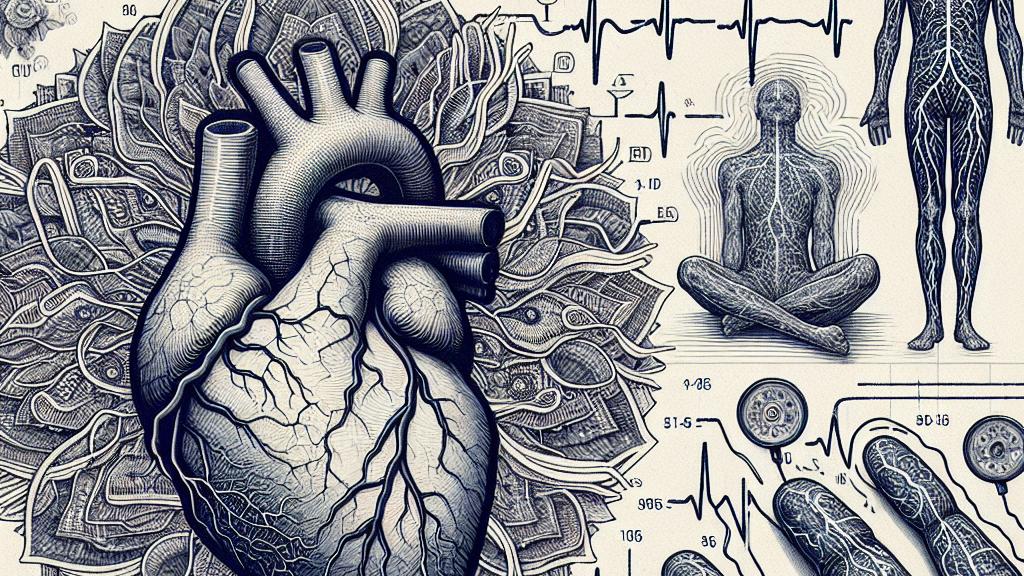Extraction of Skin Sympathetic Nerve Activity Through Advanced Techniques
Overview
- Unveils innovative, non-invasive approaches to measure sympathetic nervous system activity effectively.
- Utilizes unique techniques like Sparse Deconvolution to extract significant physiological signals.
- Explores the implications of sympathetic nervous responses in both understanding and treating wound healing.

Unpacking Skin Sympathetic Nerve Activity
A captivating study has emerged, focusing on the extraction of skin sympathetic nerve activity (SKNA) from electrocardiogram (ECG) signals—an endeavor that's not only exciting but also holds potential for broader applications in medical science. This significant research underscores SKNA as a non-invasive measure of the sympathetic nervous system (SNS), which regulates numerous physiological processes. By ingeniously applying SparsEDA, a technique initially crafted for electrodermal activity (EDA), researchers unveiled its capabilities in analyzing SKNA signals. In an intriguing thermal-grill pain experiment conducted in South Korea, researchers monitored 16 subjects as they experienced various stimuli while simultaneously recording both EDA and SKNA. The beautiful synchronization observed between these signals captured real-time sympathetic responses, marking a notable advancement in our comprehension of human physiology.
Evaluating Technique Efficacy with Astonishing Precision
Not only was the experimentation noteworthy, but the results reflected extraordinary effectiveness—an impressive 97% accuracy rate in detecting initial sympathetic bursts. Additionally, a mere Root Mean Square Error (RMSE) of 0.42 for driver placement highlights the reliability of this innovative extraction method. Such precision does more than validate the approach; it signifies a potential turning point for real-time physiological monitoring processes. Envision a future where scientists and clinicians can effortlessly capture complex human physiological responses during experiments! As our understanding of sympathetic nerve responses deepens, this technique could revolutionize fields ranging from behavioral science to medical diagnostics, unveiling a rich tapestry of insights into the human body’s intricate workings.
The Vital Role of the Sympathetic Nervous System in Wound Healing
Furthermore, exploring the connection between this research and health highlights the critical role that the sympathetic nervous system plays in wound healing, especially regarding diabetic patients. A thought-provoking review recently documented how the regulation of sympathetic responses significantly influences the healing of wounds. For instance, substances like norepinephrine (NE) and neuropeptide Y (NPY) released by sympathetic neurons can stimulate inflammatory reactions, which may complicate and delay healing processes. This leads to an essential consideration: Could fine-tuning these sympathetic signals facilitate new therapies for chronic diabetic ulcers? By delving deeper into this relationship, it becomes evident that achieving an optimal balance in sympathetic responses is crucial for enhancing recovery outcomes. This insight opens exciting avenues for innovative therapeutic strategies that could dramatically reshape patient care and improve healing efficacy across multiple medical contexts.

Loading...